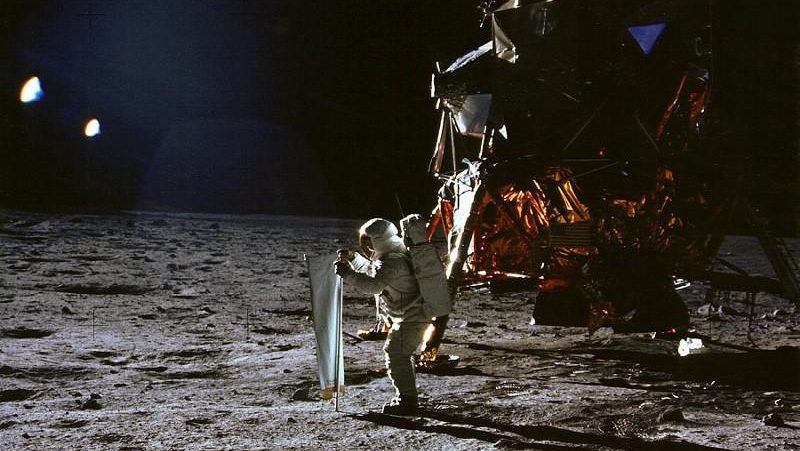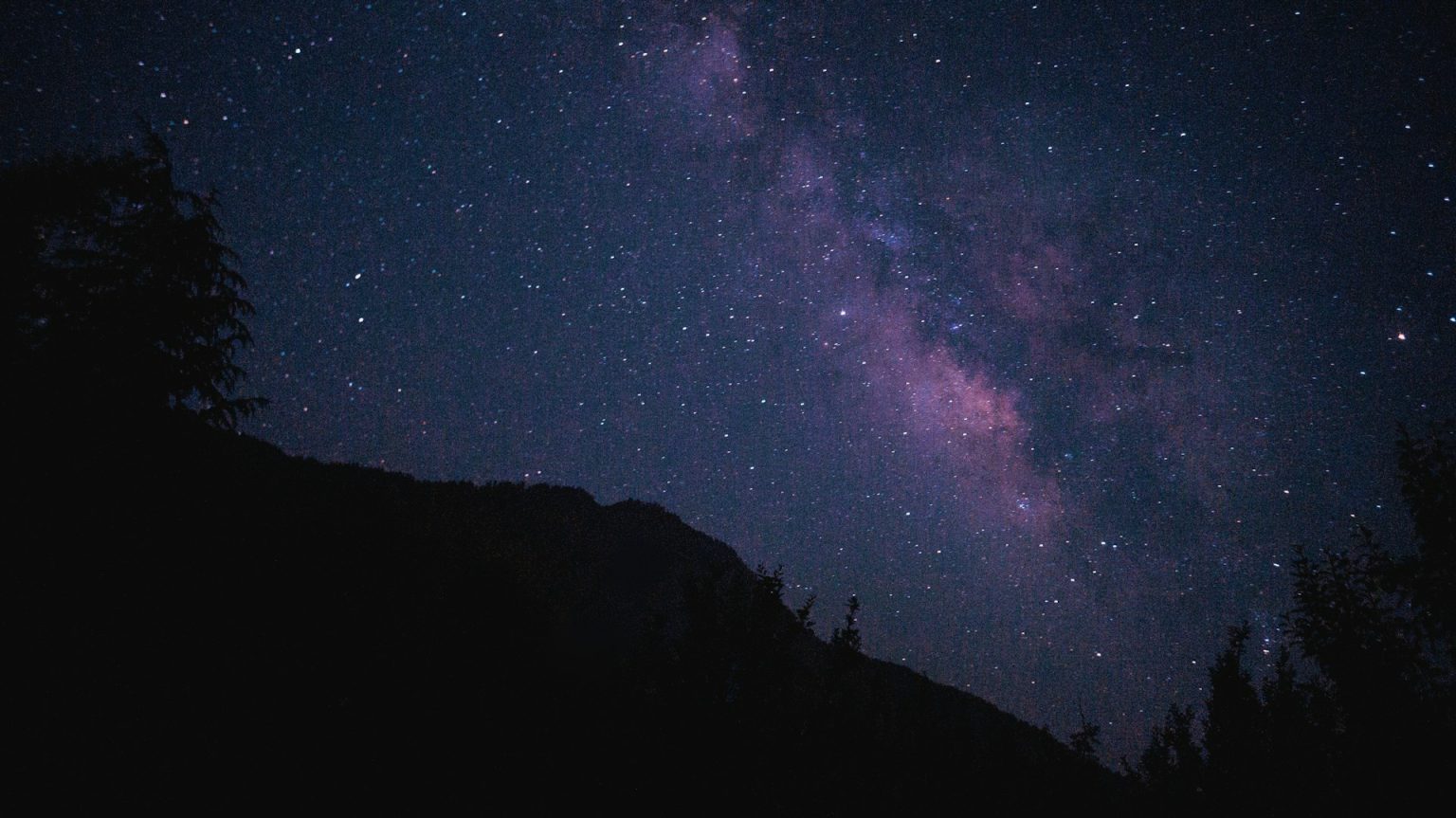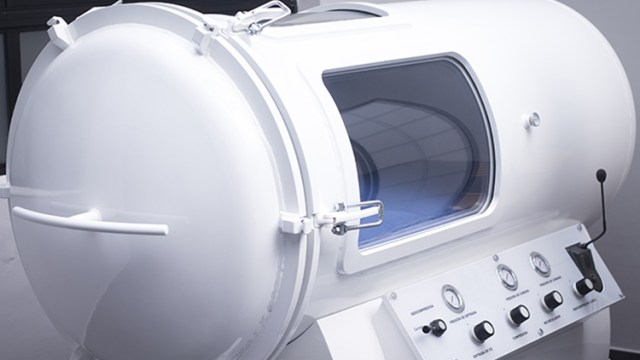Ask Ethan: Is it foolishness to dream of terraforming Mars?

The red planet is nearby, cool, sunny, and was once potentially habitable. Could it someday be that way again?
“It would be great some day to have astronauts in a rover on Mars. But just about anyone except an oil company executive would say its more important to have 50 million solar powered vehicles in the United States.”
–Brad Sherman
In all the known Universe, there’s only one planet capable of housing the complex, intelligent life we see on our home world: Earth. While very distant worlds around other stars may have the potential to be Earth-like and perhaps even inhabited, we have yet to venture anywhere close to that far. What about looking for another world here in our Solar System? The most likely candidate is Mars, which seems to have had many Earth-like qualities in its past. Perhaps, with a little help, it could be that way again? That’s the question from Steve Blackband, who wants to know:
I’ve read some about this, more on just trying to live on Mars, which seems hard enough (and now we know the ‘soil’ there is toxic and kills bacteria rapidly). But terraforming as a reality for Mars? Seems the biggest problem is lack of a magnetic field so any atmosphere you make will get stripped away. […] why don’t we terraform Earth instead — it would be much easier!!
There are good reasons to be pessimistic about what we can do with our current technology, but turning Mars into a habitable world may be possible after all.

Sure, the soil of Mars itself may be toxic, but plenty of soils here on Earth are toxic, too. There are only a few arbiters of what can hospitably live in an environment, and they’re pretty straightforward: its pH, its moisture content, and its ability to take up the elements/molecules/nutrients it needs versus its ability to not be poisoned by everything else present. Soils can be treated or rehabilitated through straightforward chemistry here on Earth, and there’s no reason to doubt we couldn’t do something very similar on Mars. That’s likely the easy part, to be honest. Once we have microorganisms, even if it’s only a subset of the ones we have on Earth, that can thrive in the Martian soil, we’ll be well on our way to having a habitat.

But Mars has a deeper problem: it’s dry. Not that there isn’t water vapor or ice on the world; there most definitely is. The problem is getting large amounts of water, stably, into the liquid phase. While Mars has briny, liquid water during certain times of the day — which we can see thanks to the growth of lineae on the slopes of the Martian landscape — the overwhelming majority of the time, water is either frozen solid or vaporized into a gaseous state. Liquid water, as far as we know it, is essential to life processes on Earth, and Mars doesn’t have it.

The physical reason is simple: Mars’ atmosphere is too thin to support liquid water on the surface. Liquid water requires a certain amount of atmospheric pressure: around 1% of what we have on Earth, at least. Mars only has about 0.7% of Earth’s atmospheric pressure, making the liquid phase mostly impossible. It’s only due to the saltiness of the surface, and the fact that craters can extend lower down, where more atmosphere and more pressure is above them, that any liquid water can exist at all. In fact, if humans were left unprotected on the Martian surface, the liquid in their bodies would boil, since conditions on Mars are below the Armstrong Limit.

If you want to rehabilitate the soil, create self-sustaining, macroscopic life, an inhabitable biosphere, and have oceans and other forms of stable water on the surface, then, you need to add more of an atmosphere. In order to have an atmosphere comparable to Earth’s, in fact, you’d need to add roughly 140 times the amount of atmosphere presently on Mars: about 3,500 teratonnes, or 3.5 × 1018 kg. This is around the mass of asteroid 5 Astraea or Uranus’ innermost large moon, Puck, and represents about 70% of Earth’s atmosphere. We would need to transport a lot of mass — preferably nitrogen and oxygen — to get there.

But there’s a problem, even if you add that much atmosphere: Mars has no magnetic field to protect itself from the solar wind. As NASA’s Maven mission confirmed, Mars is still losing what little is left of its atmosphere today thanks to the charged particles colliding with the atmosphere, causing various molecules to escape. Mars’ atmosphere today is mostly carbon dioxide, which is a heavier molecule than the nitrogen and oxygen molecules making up our own. If we wanted to terraform Mars, we’d not only need to add a large atmosphere, add the necessary water and then chemically transform the surface to make it hospitable, but we’d also have to protect that added atmosphere, right?

Maybe not! You see, in all physical problems, it’s important to be quantitative: to ask not only what’s happening, but to ask about the rate at which it’s happening. The solar wind, no doubt, strips Mars’ atmosphere away, but asking how fast that atmosphere is getting depleted is a question that the Maven mission answered: about a quarter of a pound every second. Of course, during solar storms, that rate can increase to be ten times as high, which seems fast. But if you want to convert that into asking how long it will take to strip away a terraformed atmosphere, the answer is incredibly long: hundreds of millions of years, at least. Rather than build a super-strong magnetic field, we might just want to plan on continuing to add particles to the atmosphere to compensate for the loss.

Of course, under no circumstances should we consider abandoning Earth for Mars; any terraforming we’d do to the red planet would be far more intensive than anything we’d need to do to save the Earth. No matter how bad we pollute or damage our planet, it’s still, by far, the most habitable world in the Solar System.

To anyone thinking of Mars as a place we can move when we’ve made the Earth inhospitable, please disabuse yourself of that notion; the Earth is planet A, and it’s up to us to figure out how to solve our terrestrial problems to set humanity up for long-term success. Mars may be a long-term part of that, but creating a much more massive atmosphere is the biggest challenge we’re facing. Figure that out, though, and oceans, rains, fertile soil, and a thriving ecosystem are sure to follow!
Send in your Ask Ethan questions to startswithabang at gmail dot com.
Ethan Siegel is the author of Beyond the Galaxy and Treknology. You can pre-order his third book, currently in development: the Encyclopaedia Cosmologica.




